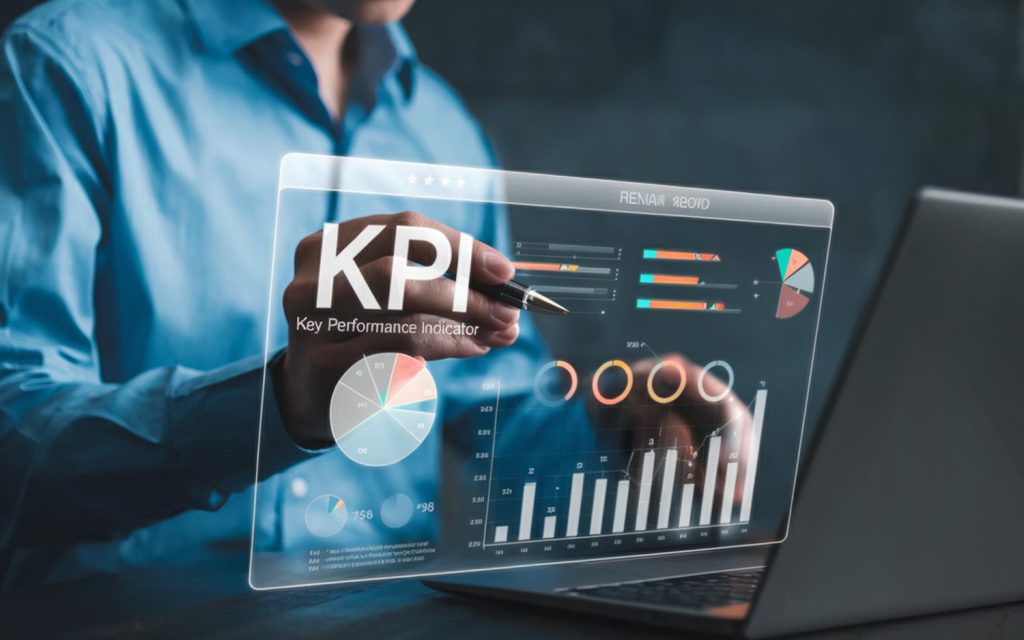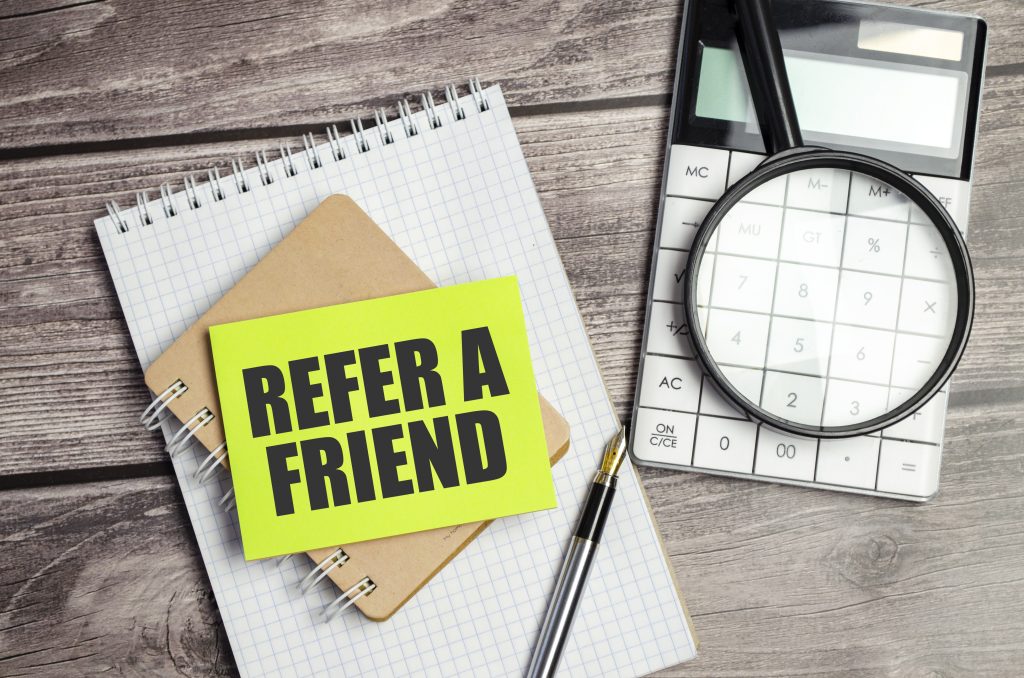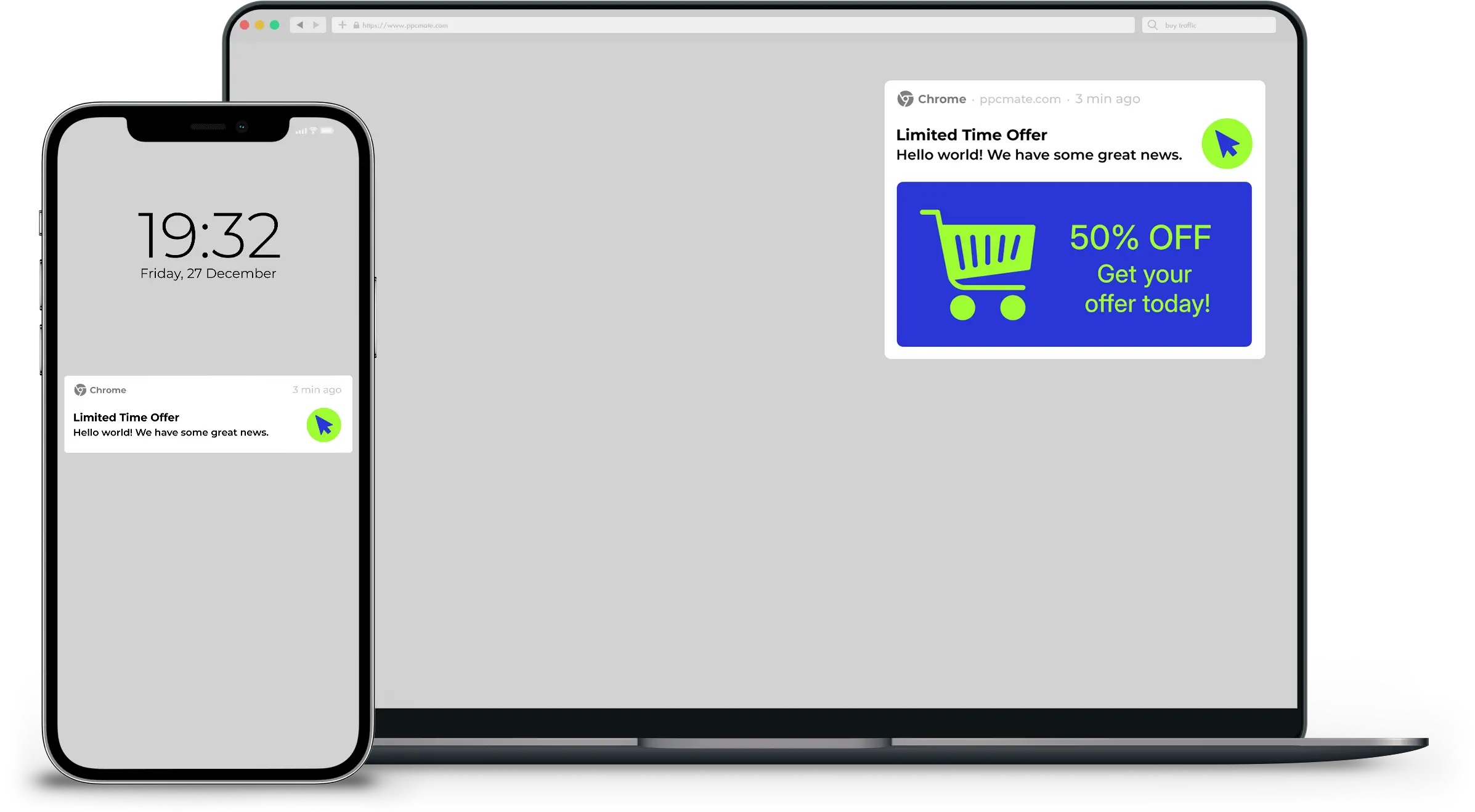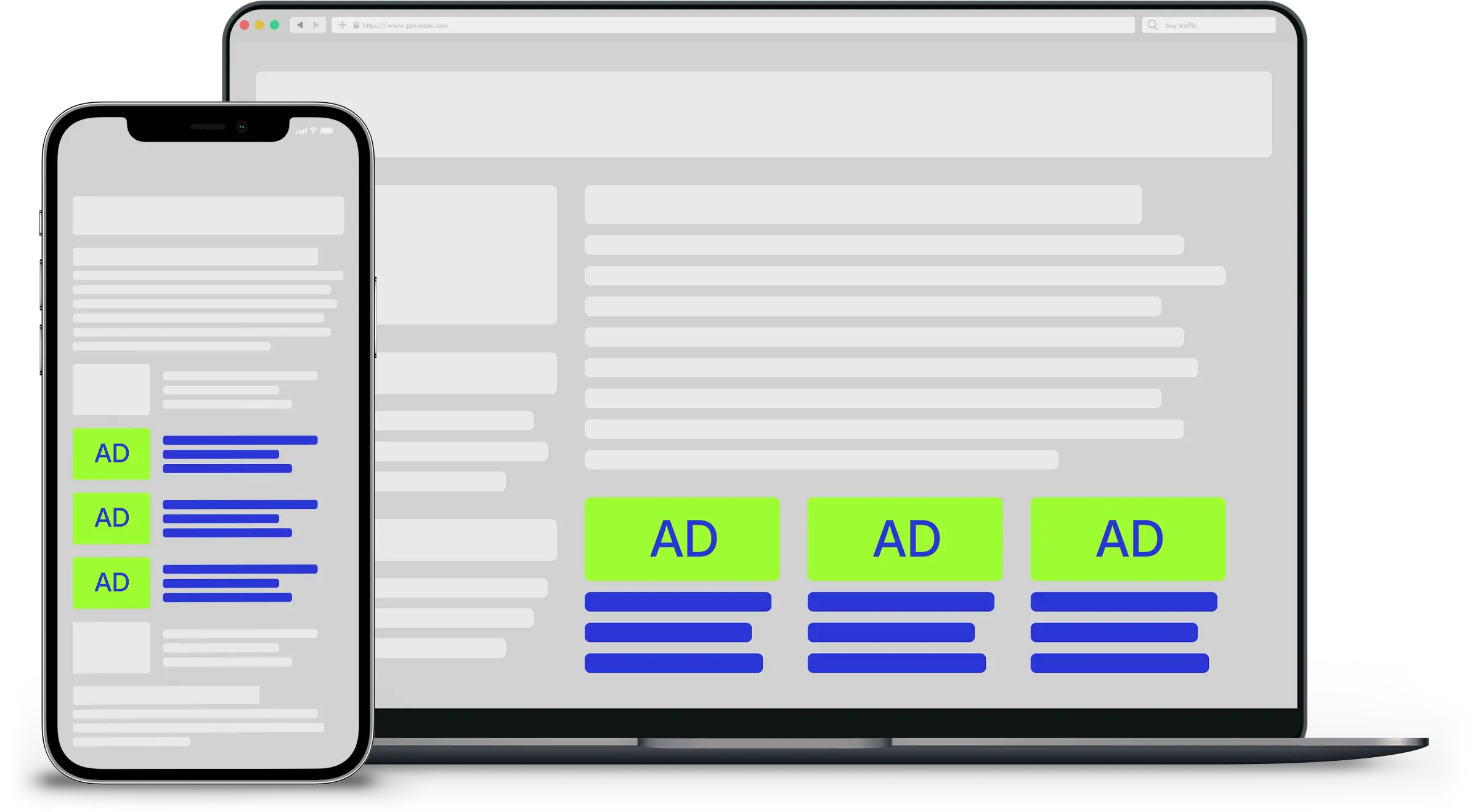Influencer marketing is becoming the prominent way for brands to spread their message, with nearly half of marketers planning to boost their influencer marketing budgets this year, according to eMarketer. But before you jump into a long-term relationship with a popular influencer, you need to make sure your brand image is protected: The importance of identifying the right brand-safe influencer cannot be overstated.
Just look at Felix Kjellberg, a.k.a. “PewDiePie.” In February, the YouTube posted a video in which he joked about anti-Semitism and Nazis, prompting Disney to back out of a sponsorship deal with him. YouTube has since updated its policies, implementing a stricter application and validation process for content creators looking to make money. But brands are still wary of inadvertently supporting objectionable content.
A good influencer will safeguard brands from this type of blowback. That’s why at my company, theAmplify, selecting the perfect influencer is the first of five core challenges that we solve for our clients. And, as CEO, I’ve seen firsthand the power of a well-matched brand and influencer — it’s a win-win all around.
Enabling influencers to communicate authentically
Letting go and letting the influencer you choose take the reins — if only temporarily — is never easy, particularly where your brand is concerned. But if you hope to successfully work with influencers, you must view “letting go” not as a risk but as an opportunity.
In this context, you should be ready and willing to put your brand in the hands of an external advocate you can trust — it’s the only way to extract the full value of influencers.
Granting influencers stewardship over your brand’s image allows them to create authentic conversations with their audiences. Those conversations give consumers a voice, instilling a sense of ownership of your brand. They become brand advocates themselves, increasing the overall reach of your brand. You just need to project trustworthiness; influencers and consumers will do the rest.
If consumers don’t see your company as trustworthy, that brand ownership will work against you. Think about what happened with United Airlines. After a video of airline personnel forcibly removing a passenger from a plane went viral, the company lost control of its brand. CEO Oscar Munoz made attempts to address the incident but didn’t strike an apologetic tone until the third try. By then, it was too late. United no longer owned its brand; the community, the crowd and the social media empire owned it.
So, how can your company work with an influencer while still protecting its brand?
Match audiences. Smart Insights recently reported that in 2016, advertisers it studied were earning an average of $11.69 in earned media value for every dollar spent on influencer marketing. If you too hope to see that level of valuable ROI from your own influencer campaign, you need to make sure you’re working with an influencer who’s speaking to your audience.
The size of an influencer’s following doesn’t matter as long as your message is getting where it needs to go. For example, when Playtex came to our company to find an influencer for its feminine hygiene products, we paired it up with Pretty Little Liars actor Keegan Allen. We didn’t do this because the move made him the first-ever male representative of the brand; we did it because his audience consists primarily of women: Playtex’s audience. The campaign earned 16 million unique impressions — a huge success.
When you work with influencers who target the same audience members as you, they’ll have a vested interest in avoiding alienating those consumers — and you’ll have a better chance of protecting your brand image and meeting ROI goals.
Implement real-time monitoring. Influencers create their own strategies and content. It’s what gives their content authenticity. They develop audiences around specific topics and can integrate brands into the conversations around those topics. But if an influencer makes a mistake or posts something that could derail your brand messaging, you need to be the first to know and be ready to go into damage-control mode. Even trusted influencers can make mistakes.
So, continue following influencers even after they begin working with your brand. If they promote a competing product or something goes awry, you need to act accordingly.
For instance, when news starting coming out that the disastrous Fyre Festival was more akin to an episode of Survivor than a fun musical haven, many celebrity influencers found themselves in the crosshairs for promoting the event. Brands running campaigns with Kendall Jenner, Bella Hadid or Hailey Baldwin needed to act quickly to prevent the backlash from spilling on to their own efforts.
Build a mutually beneficial relationship. After bringing an influencer on board, your company should work to build a mutually successful relationship. Instead of focusing on what the influencer can do to help his or her personal brand, you need to understand that it works both ways. Influencers may initially agree to promote your brand for a financial incentive, but the more you can do to support influencers, the greater the growth will be for both audiences.
This can be as simple as supporting influencers when something goes wrong. Such was the case with the recent Pepsi ad featuring Kendall Jenner. The message was supposed to encourage unity, but backlash immediately ensued around the staged protest and the inauthenticity of the ad.
Amobee Brand Intelligence analyzed data involving digital-content engagement with Pepsi after the event. While there was a significant increase in short-term engagement, it was mostly negative: 31 percent of those surveyed called the ad “tone deaf,” and 10 percent called it the “worst ever.
Within a day, Pepsi pulled the ad and released a statement admitting the company had missed the mark. It also apologized for putting Jenner in a bad position, which spoke to their mutual relationship and the company’s support for her as an influencer.
Influencer marketing allows for increased reach and quickly helps build trust among a particular audience. As this niche continues to grow, it’s important that companies find a suitable match — but still allow for influencer independence and a collaborative relationship.
___
by JUSTIN REZVANI
source: Entrepreneur









